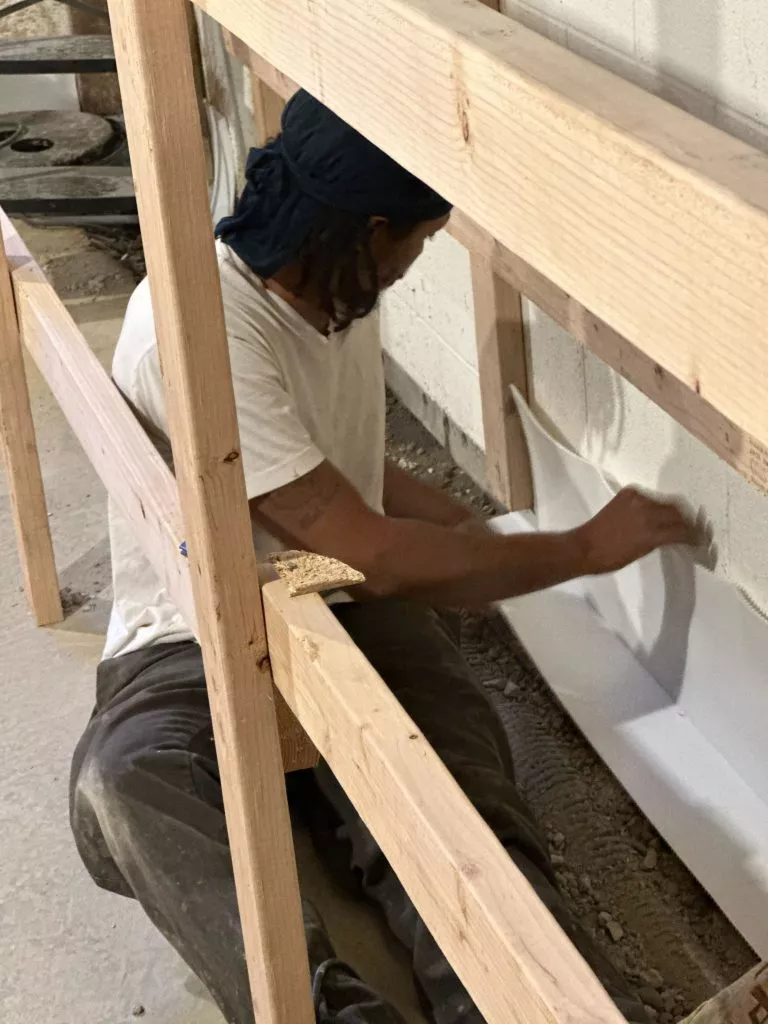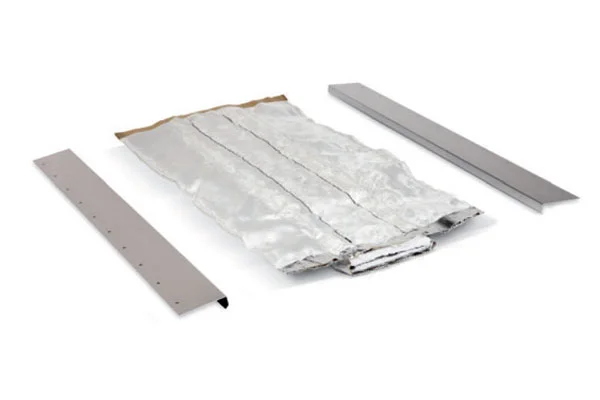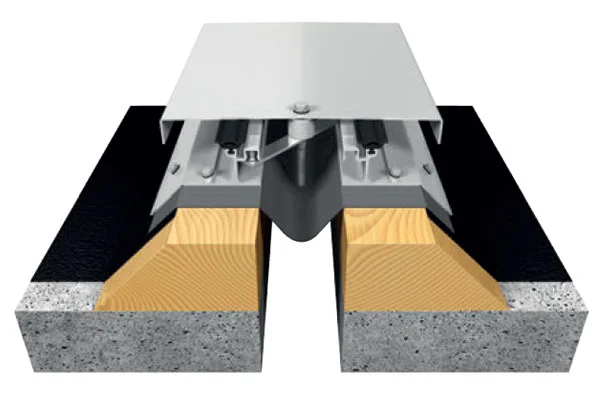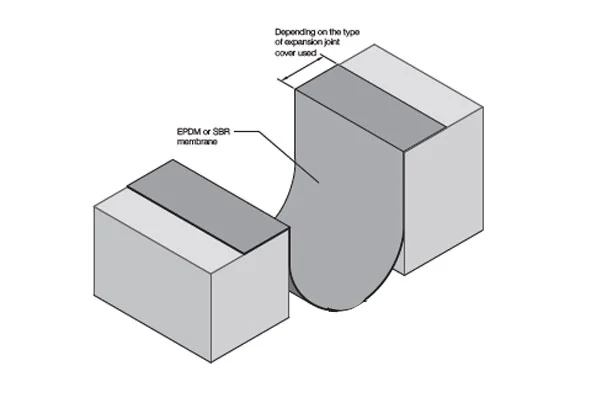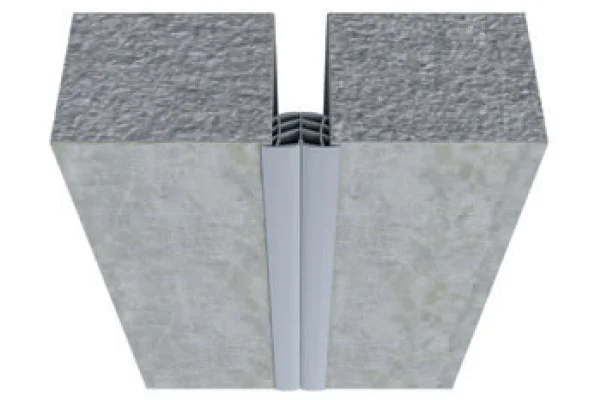Have you ever considered the significance of waterproofing when planning a basement remodel? It’s not just a mere step, it’s a critical pre-requisite that could save you from costly repairs in the long run. Imagine investing time, effort, and money into creating a cozy living space, only to see it ruined by water damage. Waterproofing prevents such nightmares, but there’s more to it than just warding off potential water hazards. Intrigued? Let’s take a journey into the world of basement waterproofing and uncover why it deserves your immediate attention.
Key Takeaways
- Waterproofing prevents water intrusion, protecting the structural integrity of your basement and ensuring a safe and comfortable space.
- It mitigates moisture issues that can lead to mold and mildew growth, enhancing air quality and protecting stored belongings from damage.
- Neglecting waterproofing can lead to foundation damage, increased remediation costs, and decreased property resale value.
- Investing in waterproofing increases property value, secures long-term financial stability, and reduces future repair costs linked to water damage.
- Various techniques, including interior drainage systems and exterior surface barriers, can be used effectively to waterproof basements.
The Role of Waterproofing
Understanding the role of waterproofing in your basement remodel is essential. It’s not just about keeping water out – it’s about creating a space that’s safe, comfortable, and durable.
When you’re planning a basement remodel, the first step you should take is ensuring your basement is properly waterproofed.
Moisture barriers and drainage systems play a vital role in this process. You see, moisture barriers are installed on the walls and floor of your basement to keep water from seeping through. They’re like the first line of defense against moisture.
On the other hand, drainage systems are installed to remove any water that does manage to get in. They’re your basement’s safety net, catching any water that the moisture barriers miss.
Understanding Basement Moisture
In your basement, dealing with moisture is essential. Understanding moisture sources is the first step.
Condensation issues can arise from inadequate air circulation and high indoor humidity, while soil saturation around your home can lead to water seeping in. Climate effects, such as heavy rainfall or snowmelt, can exacerbate these issues.
Humidity control plays a key role in moisture management. Invest in a quality dehumidifier to minimize dampness.
Also, guarantee proper air circulation by using fans or installing vents. You can’t overlook drainage solutions either, which can channel water away from your home, reducing the risk of soil saturation and water damage.
Next, consider using vapor barriers. These are installed on the walls and floor to reduce the amount of moisture that can pass through.
They’re particularly effective in areas with high soil moisture levels.
The Risks of Skipping Waterproofing
Neglecting to waterproof your basement can lead to a multitude of problems. The implications of such oversight are far-reaching and often costly. This is an essential step you can’t afford to miss in your basement remodeling, and here’s why:
- Foundation Damage: Without proper waterproofing, water damage could compromise your home’s structural integrity. The foundation may crack, shift or even collapse.
- Mold Growth: Moisture breeds mold, an organism that not only damages your property but also poses serious health risks. The remediation process can be expensive and it’s not always covered by insurance claims.
- Resale Value: A water-damaged basement is a significant detriment when it’s time to sell, often leading to property devaluation. Prospective buyers will be wary, and rightly so.
- Insurance Claims: Water damage can lead to hefty insurance claims, which may result in higher premiums or even policy cancellation.
Ignoring waterproofing in your basement remodeling could mean trading short-term savings for long-term costs, both financial and health-related.
How Waterproofing Protects Your Investment
Taking the step to waterproof your basement is a strategic move that safeguards your investment.
It’s a means of investment protection that not only enhances the value of your property but also guarantees long-term financial security.
Think of it this way, you’re not just spending money but you’re investing it. You’re putting it into something that will pay off in the future.
And it’s not just about money, it’s about time and effort too. Imagine pouring your heart into remodeling your basement, only to see it ruined by water damage. That’s a setback that no one wants to experience.
Waterproofing your basement is like buying insurance for your investment.
It’s a safety measure that protects your hard work and financial commitment against potential damages.
This way, you’re not just saving on repair costs but also preserving the quality of your remodeled basement.
Different Waterproofing Methods
Let’s now turn your attention to the different waterproofing methods.
You’ll find that both interior and exterior approaches have their own unique benefits and considerations.
Understanding these techniques can help you make the best choice for your basement remodeling project.
Interior Waterproofing Techniques
A multitude of interior waterproofing methods exists, each designed to fortify your basement against the relentless onslaught of moisture.
These methods are essential in maintaining the integrity of your home, preserving your basement remodel, and providing a healthy living environment.
One effective approach involves the installation of interior drainage systems.
This method captures water that infiltrates your basement and diverts it away, preventing any potential damage.
It’s not just about stopping water at the source, but managing it effectively once it’s inside.
Moisture barriers, on the other hand, are designed to block water vapor from permeating your walls, floors, and ceilings.
These barriers can be installed during your basement remodel to provide an additional level of protection.
Consider these interior waterproofing techniques:
- Interior drainage systems
- Moisture barriers
- Crack injections
- Sealing interior walls and floors
Each of these techniques provides a unique solution, but they’re most effective when used in conjunction.
Interior drainage manages water ingress, moisture barriers stop water penetration, crack injections repair existing damage, and sealing walls and floors prevents future water infiltration.
Exterior Waterproofing Approaches
While interior methods play a significant role in safeguarding your basement remodel from moisture damage, don’t neglect the power of exterior waterproofing approaches. They’re your first line of defense, tackling water right where it hits your home.
Two of the most effective approaches include drainage systems and surface barriers. Drainage systems capture and divert water away from your home, while surface barriers block water from penetrating your basement walls.
Here’s a simple comparison to help you understand their strengths:
| Method | Description |
|---|---|
| Drainage Systems | These are installed around your home’s perimeter, directing water away from your basement. They’re especially effective in areas prone to heavy rainfall or ground water saturation. |
| Surface Barriers | These include various types of waterproof coatings or membranes applied to the exterior of your basement walls. They provide a physical barrier, preventing water from seeping into your basement. |
Selecting the Right Waterproofing Solution
Selecting the right waterproofing solution for your basement remodel can be a bit of a challenge.
You’ll want to understand your options, compare effective solutions, and conduct a cost-benefit analysis.
Let’s guide you through this process to guarantee you make the best decision for your specific needs.
Understanding Waterproofing Options
Diving into the world of basement waterproofing might seem challenging, but it’s crucial to choose the right solution for your project.
You’ll find several options, each with their pros and cons, and your selection should be based on the specific needs of your basement.
Understanding your waterproofing options means looking into different types of drainage systems and moisture barriers. These are the two main types of waterproofing solutions that you’ll likely evaluate:
- Drainage Systems: These systems work by directing water away from your basement. They’re especially useful if your basement is prone to flooding or if it’s located in a region with high rainfall.
- Moisture Barriers: These barriers are designed to keep moisture from penetrating your basement walls. They’re ideal if you’re dealing with dampness or condensation issues.
Remember, it’s not just about choosing a solution but also about selecting a quality product.
Here are some factors to keep in mind:
- Durability: How long will the solution last before needing replacement?
- Effectiveness: How well does it prevent water intrusion?
- Installation: Is it easy to install or does it require professional assistance?
- Cost: What’s the price tag attached to it?
Comparing Effective Solutions
In the face of numerous waterproofing options, zeroing in on the most effective solution for your basement can be quite a task.
Two potential solutions you’ll likely encounter are drainage systems and moisture barriers. So, how do you decide between them?
Drainage systems, as the name implies, are designed to redirect water away from your basement. They’re particularly effective in areas prone to heavy rainfall or where water tables are high.
However, they can’t stop moisture from seeping through your basement walls. That’s where moisture barriers come in.
Moisture barriers act as a shield, preventing water from penetrating your basement walls. They’re usually applied directly to the interior or exterior walls, forming a waterproof seal.
They’re effective in situations where outside soil is damp, causing moisture to seep inside.
The best solution often involves a combination of both. A correctly installed drainage system can redirect water away, and a moisture barrier can stop seeping.
It’s about analyzing your specific situation and needs, and then choosing the right combination.
Cost-benefit Analysis
When considering waterproofing solutions for your basement, weighing the costs against the benefits is essential. Performing a cost analysis will help you determine which option provides the best value for your money.
It’s not just about finding the cheapest solution, it’s about making an investment that will return dividends in the long run.
Here are a few points to keep in mind:
- Upfront costs: Yes, waterproofing can be expensive initially. But don’t let the initial price tag deter you. It’s an investment that pays off over time.
- Potential damage costs: Without proper waterproofing, you’re risking costly damage to your home. Imagine the expense of repairing a flooded basement!
- Resale value: A waterproofed basement can greatly increase your home’s resale value, providing a solid return on your investment.
- Peace of mind: Can you really put a price on knowing your home is protected from water damage?
The Process of Basement Waterproofing
Before you can enjoy a beautifully remodeled basement, you must tackle the essential task of waterproofing. This process involves a couple of key steps. First, you’ll need to install an effective drainage system. This system guarantees that any water that gets into your basement can easily be directed away from the foundation.
Next, you’ll need to install moisture barriers. These barriers are placed on the walls and floor of your basement to help keep moisture out. They’re a critical part of the waterproofing process because they prevent water from seeping into your basement, which can lead to a host of problems.
Here’s a simple table to summarize:
| Step | Purpose | Importance |
|---|---|---|
| Drainage System | Directs water away from foundation | Prevents water build-up and damage |
| Moisture Barriers | Keeps moisture from seeping into the basement | Stops water at the source |
Waterproofing: Key to Longevity
Certainly, waterproofing plays an essential role in extending the life of your basement remodel.
It’s not just about keeping the area dry; it’s about controlling basement humidity, and consequently, preventing any damage that moisture can cause to your newly remodeled space.
Waterproofing adds a moisture barrier, which can prevent:
- Structural damage: Moisture can weaken the structural integrity of your basement, leading to costly repairs down the line.
- Mold and mildew growth: High humidity can create a perfect environment for these to grow, impacting your home’s air quality.
- Damage to belongings: If you’re using your basement for storage, moisture can ruin your items.
- Decreased home value: A damp basement can be a deal-breaker for potential homebuyers.
In essence, waterproofing isn’t just a protective measure; it’s an investment in your home’s longevity.
It’s a preemptive strike against the potentially devastating effects of moisture.
Don’t underestimate the importance of this step in your basement remodel.
It’s the key to ensuring your revamped space can be enjoyed for years to come, without the worry of water damage.
Case Studies on Successful Waterproofing
Having established the importance of waterproofing in your basement remodel, it’s worthwhile to examine some real-world examples.
Let’s take a look at a couple of successful projects that made good use of waterproofing innovations.
In Toronto, a 1920s home was struggling with a persistent damp basement despite having a basic waterproofing system. The homeowners decided to remodel and chose to invest in a cutting-edge waterproofing solution.
They installed a thorough system including a French drain, a sump pump, and a waterproof membrane on the walls. The result? A completely dry basement that’s been transformed into a cozy family room.
Out in Vancouver, a similar story unfolded. A couple, weary of their perpetually wet basement, decided to remodel. They opted for a new waterproofing system, featuring the latest in sealant technology.
The outcome exceeded their expectations. The basement, once a source of frustration, is now a fully functional additional living space.
These two examples highlight the transformative power of modern waterproofing innovations.
Frequently Asked Questions
What Is the Average Cost of Basement Waterproofing?
The average cost of basement waterproofing depends on various cost factors.
It’s typically between $500 to $10,000, influenced by the size of your basement and the waterproofing methods you choose.
You’ll pay less for minor repairs and sealants, but extensive interior or exterior waterproofing can cost more.
How Long Does It Typically Take to Waterproof a Basement?
How long it takes to waterproof your basement can vary depending on the waterproofing methods used and the extent of the basement moisture problem.
On average, it can take anywhere from a few days to a week.
You’ll need to factor in time for evaluating the moisture issues, preparing the area, applying the waterproofing, and allowing it to dry.
It’s a critical step to guarantee your basement remodel is successful and lasts a long time.
Can I Waterproof My Basement by Myself or Do I Need a Professional?
Yes, you can DIY waterproof your basement, but it’s not always the best choice.
You’ll need to be handy and understand the process. Missed spots or improper technique can lead to continued water issues.
Professional services guarantee the job’s done right the first time. They’ll spot potential problem areas you might miss.
What Are the Signs That My Basement Needs Waterproofing?
You’ll know your basement needs waterproofing if you spot certain signs.
If you’re spotting basement leaks, that’s a big red flag. Water stains on the walls or floor, musty odors, or mold growth also suggest a moisture control issue.
Even dampness or condensation can be signs of a problem. Don’t ignore these issues – they can lead to bigger problems down the line.
It’s important to address them and consider waterproofing your basement.
Are There Any Maintenance Requirements After My Basement Has Been Waterproofed?
Yes, there are maintenance practices you’ll need to follow after your basement’s been waterproofed. You can’t just leave it be.
It’s essential to regularly check the waterproofing materials for any damage or wear and tear.
Also, keep an eye out for possible leaks or moisture build-up.
Conclusion
So, before you plunge into that basement remodeling project, make sure waterproofing is your first step. It’s not just about maintaining your home’s structure and air quality it’s about safeguarding your investment and upping your resale value. Whether it’s moisture barriers or drainage systems, the right solution can extend the life of your remodel. Don’t let moisture wreck your basement. Prioritize waterproofing and rest easy knowing you’ve made a smart move for your home’s future.

